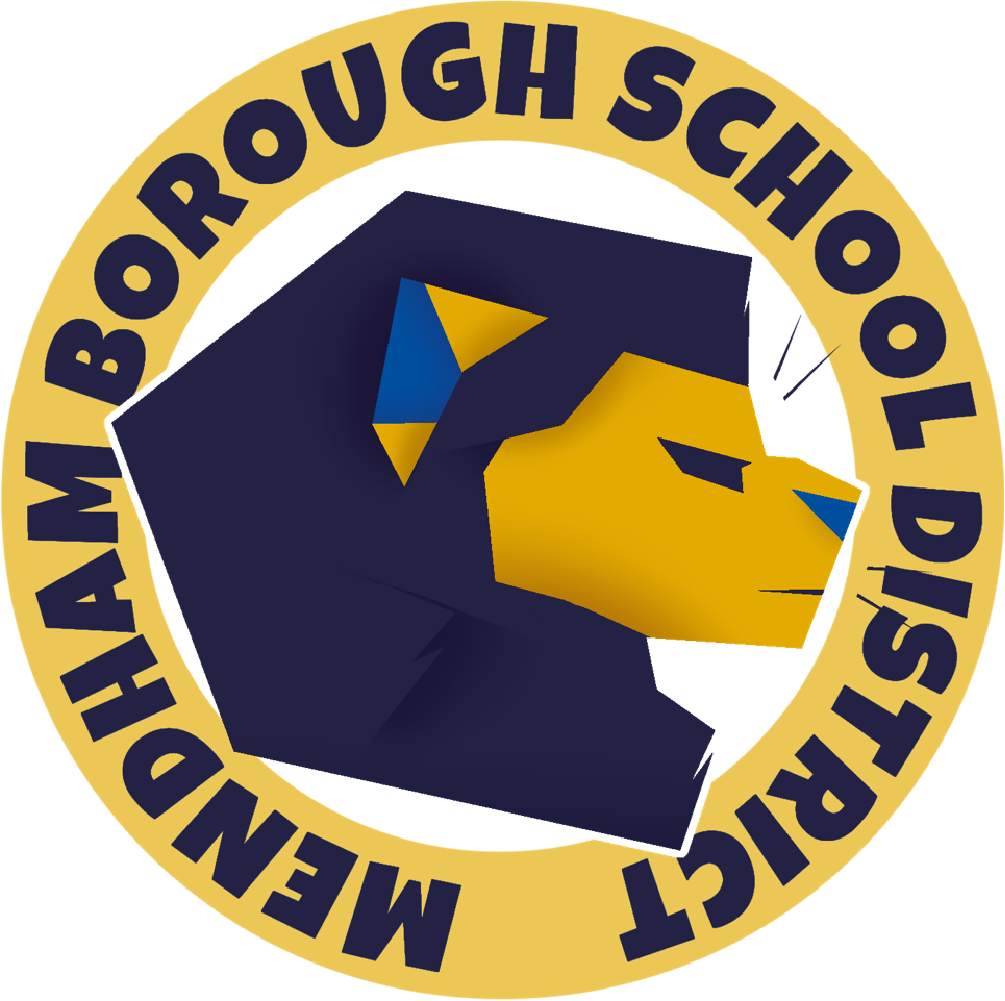It's a busy time in Mrs. Kanefke's Music Room!
Kindergarten students have been...
- Learning proper names of and how to play classroom percussion instruments with Jingle Bear (a teddy bear “mascot” who wears a set of jingle bells and watches over the instruments). Instruments include hand drums, lollipop drums, rhythm sticks, maracas and other shakers, claves, guiros, jingle bells, fluted woodblocks and “regular” woodblocks, triangles, tambourines, melody/resonator bells, cowbells, finger cymbals and small “crash” cymbals, and sand blocks;
- Developing their vocal expression in vocal warm-ups through repetitive phrase books (for example, The Doorbell Rang by Pat Hutchins) and with props (i.e., a slide whistle).
- Learning how to properly use singing voices with Ralph the Mouse Puppet and in age-appropriate song repertoire;
- “Reading” visual/iconic cues (f - forte/loud, p -piano/quiet; rabbit - fast, tortoise - slow) to sing songs and chant poems as a conductor/teacher instructs.
- Listening to “singable” song books to expose students to good singing/vocal role models, folk songs, and other fun song repertoire. Books include If You’re Happy and You Know It; Hush, Little Baby; Hush, Little Alien; Five Little Pumpkins; Over in the Meadow; Fiddle-I-Fee; Over the River and Through the Woods; Hanukkah, O Hanukkah; and Silver Bells.
First Grade students have been...
- Reviewing classroom instrument names and techniques.
- Adding instrument sounds to various poems to reflect a poem’s meaning or for sound effects and to enhance songs;
- Exploring and identifying music that does and does not have a steady beat.
- Exploring and identifying dynamic levels with Italian terms(forte-loud, mezzoforte-medium, piano-quiet) in a variety of music styles/genres;
- Exploring and identifying tempi with Italian terms (allegro-fast, moderato-medium, adagio-slow) in a variety of music styles/genres;
- Exploring and identifying pitch (high/low, going higher/going lower) with their voices and using xylophones, and beginning to read iconic rhythmic notation that will soon transfer to traditional rhythmic notation.
Second Grade students have been...
- Reviewing names of rhythm symbols/values and performing rhythm patterns (quarter notes, quarter rests and eighth notes);
- Arranging and writing rhythm patterns with known rhythmic values;
- Playing rhythm pattern ostinato on pitched percussion instruments and non-pitched percussion instruments to accompany short songs;
- Developing the ability to sing, notate, and create 2-pitch songs with a “beginner” music staff.
Third Grade students have been…
- Singing age-appropriate songs in harmony (Ickle, Ockle; Here Comes a Bluebird; Frere Jacques; Spin a Little Dreidl, and Snowtime Fantasy) through melodic ostinato, rounds, and partner songs;
- Reading, arranging and performing rhythm patterns and songs with half notes, half rests, quarter notes, quarter rests, and eighth notes;
- Preparing to read another new rhythm symbol/value (whole notes) by performing this rhythm on melody/resonator bells, small hand bells, and hand chimes.
Fourth Grade students have been…
- Reading and playing G A B and G E songs (Gently Sleep, Lucy Locket, Star Light, and Sleigh BAG) on their recorders using treble clef notation;
- Reviewing rhythm symbols and their values (quarter notes, half notes, dotted half notes, whole notes, quarter rests, half rests, whole rests).
- Identifying, reading, performing, and creating rhythms (using rhythm symbols/values listed above) in time signatures of 3/4 (three beats in each measure) and 4/4 (four beats in each measure).
For Hilltop Band & Orchestra - Mrs. Kanefke’s Groups
- Clarinet students have learned the proper way to assemble, clean, and take apart their instrument sections. They can form the proper embouchure on their mouthpieces to minimize squeaking and produce a pleasant tone. Students know the following pitches/finger positions: C D E F G A, plus low A and low G. They have played the following songs: Hot Cross Buns; Jingle Bells; Good King Wenceslas; On the Bridge; London Bridge; Ode to Joy; Jolly Old St. Nicholas; various exercises in the lesson book to reinforce finger positions and pitch names; and part of Dreidl Song.

- Flute students have learned the proper way to assemble, clean, and take apart their instrument sections. They continue to work on proper embouchure to produce clear, focused sound/pitch. Students know the following finger positions: A B C D E and Eb (E flat) F and G. They have played the following songs: Hot Cross Buns, Merrily We Roll Along, and Gently Sleep (using B A G); Star Light (G and E); Lucky Locket (G A and E); Jingle Bells (using G A B C D); and quite a few exercises in the lesson book with D Eb and F. For flute, D, Eb and F are very challenging finger positions and it takes many, many weeks of practice to do so fluently.
- Orchestra students have learned the proper way to put on shoulder rests (violin); prepare end pins and rock stops (cello); and prepare their bows.They can demonstrate rest and play positions while seated. Students know two playing techniques: pizzicato (plucking) and arco (bowing). They have learned pitches and finger positions (numbers) on the D string: D E F# (F sharp) and G. They can also play the open A string. Students have played Hot Cross Buns, Gently Sleep, Rolling Along, Star Light, various exercises in the lesson books to develop finger positions and pizzicato technique, Jingle Bells, Mary Had a Little Lamb, and Ode to Joy. Bowing with the right hand and forming the left hand finger positions for accurate “in-tune” playing is quite a challenge!



